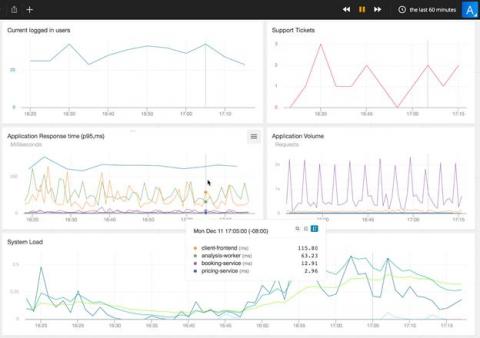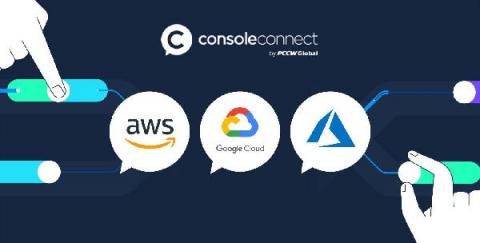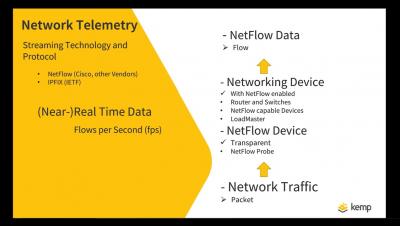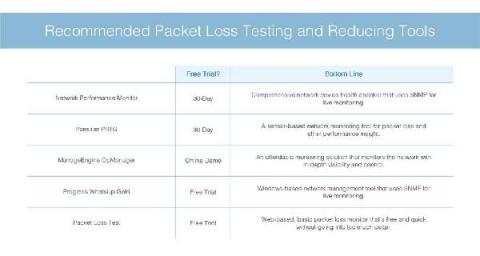Operations | Monitoring | ITSM | DevOps | Cloud
Networks
The latest News and Information on IT Networks and related technologies.
How to Troubleshoot Network Issues-Guide and Recommended Tools
What is Network Optimization? 8 Reliable Techniques
Costa Rican educational org realizes improved visibility into its IT infrastructure, enhanced IT health and performance
The Ministry of Public Education (MEP) serving Costa Rica is an educational organization with 80,000 employees. MEP is the technical and administrative body responsible for the accreditation, supervision, auditing, inspection, and control of private schools, beginning with preschool. The problems faced MEP is a government agency supported by five data centers and 181 servers.
Comparing The Private Connectivity Offerings Of AWS, Google Cloud & Microsoft Azure
Packet Loss Testing and Reducing Guide + Recommended Tools
Understanding Load Balancing Essentials
In this post we’ll review some of the essential ideas in Load Balancing to help you understand how to get the best configuration for your application. Load balancing is an essential part of any application deployment to provide high availability, performance and security. We’ll focus on understanding and selecting scheduling and persistence algorithms and using the new LoadMaster Network Telemetry feature to validate the results.
Turn your home office into a NOC room with Philips Hue and Grafana
I recently got a couple of Philips Hue Play lights to spice up my home office setup, and after a bit of tinkering with the APIs, I decided it would be a fun project to create my own personal NOC room, using them to visualize the status of some system I’m monitoring.










